With the NFL Draft coming up, Seahawks.com is taking a position-by-position look at where things currently stand on the Seahawks' roster, as well as the top prospects at each position. We'll also look at Seattle's draft history at each position under general manager John Schneider and head coach Pete Carroll.
The Seahawks currently hold 7 picks in the 2017 draft, which begins Thursday, April 27 in Philadelphia.
- Round 1 | Pick 26 | No. 26 overall
- Round 2 | Pick 26 | No. 58 overall
- Round 3 | Pick 26 | No. 90 overall
- Round 3 | Pick 38 | No. 102 overall*
- Round 3 | Pick 42 | No. 106 overall*
- Round 6 | Pick 26 | No. 210 overall
- Round 7 | Pick 8 | No. 226 overall
*-Compensatory Pick
Our draft preview series began Monday with the offensive line and continued Tuesday with the defensive line. Today, we turn our attention to wide receiver.
Draft History Under Schneider and Carroll
- WR Golden Tate (No. 60 overall, 2010)
- WR Jameson Konz (No. 245, 2010)
- WR Kris Durham (No. 107, 2011)
- WR Chris Harper (No. 123, 2013)
- WR Paul Richardson (No. 45, 2014)
- WR Kevin Norwood (No. 123, 2014)
- WR Tyler Lockett (No. 69, 2015)
- WR Kenny Lawler (No. 243, 2016)
Where the Seahawks Stand
There's plenty for the Seahawks to like about this position group, led by the presence of Doug Baldwin, who is coming off of a Pro-Bowl season—it could be argued that should be coming off back-to-back Pro-Bowl seasons. Jermaine Kearse is back and motivated after what was a slightly down year statistically, though it should be noted that his contributions to the offense go far beyond catches and yards. And Paul Richardson was something of a breakout player, coming on strong late in the season following a season-ending injury to Tyler Lockett.
"It was incredibly fun to see him contribute in that way, because we'd seen him in the draft process be a player who can be a dynamic, explosive football player," Seahawks coach Pete Carroll said of Richardson at the NFL Scouting Combine. "Then he got banged up, he had this and that, and he had just stuff that got in the way of just getting to the front line where he could really show it. As soon as he got a great shot, he just took off. He didn't hesitate at all. We know we have a dynamic football player. He's not just a speed guy down the field like you might think, he's a very good route-runner, he's in out of his breaks with lightning quickness, and he's come through and played really tough football for us. I know Paul feels this way, our coaches all feel this way—we can't wait to get started again and pick up where we left off."
Lockett, who had surgery following a broken leg in Week 16, is on track to be ready for the start of season, Carroll said. The Seahawks also have depth in the form of Tanner McEvoy, who was a big-play threat in limited playing time as a rookie, Kasen Williams, Kenny Lawler, Rodney Smith and Jamel Johnson. They also got a head start on their rookie class by signing LSU track standout Cyril Grayson, who was available to sign immediately because he did not play college football.
All of that points to receiver not being a huge need in this year's draft, but receiver is a position where, if a playmaker with rare traits is available, teams are willing to pull the trigger even if there isn't a glaring need. The Seahawks have been successful finding receivers relatively early in the draft (Richardson and Lockett) and by waiting until the draft is over (Baldwin, Kearse, Williams and McEvoy), so even if the Seahawks feel like they need to add to this position group, there's no telling where in the draft they would do so.
NFL Media Draft Expert Mike Mayock's Top 5 Wide Receivers
1. Mike Williams, Clemson
Bottom Line (via NFL.com): Williams looks the part of a WR1 and has shown an ability to work all three levels of the field after coming back from his 2015 neck injury. Williams is tough enough to be a high-volume target while working the middle of the field and his size and ball skills make him a formidable foe in the end zone. He'll have to be coached up with his routes and releases, but he has the talent to become a big safety blanket for a young quarterback.
2. John Ross, Washington
Bottom Line (via NFL.com): Ross is an instant-impact weapon who scored 23 touchdowns in just 112 touches. He should be able to step right in as a kick returner and a slot receiver, but teams with speed at tight end might utilize him outside to create extreme vertical stress on opposing safeties. If his knees check out as healthy, Ross is a likely first-round pick with the rare ability to become a high-volume slot receiver or a lesser-targeted, high-yield deep-ball threat.
3. Corey Davis, Western Michigan
Bottom Line (via NFL.com): Touchdown juggernaut who was a four-year model of production and consistency in college. Davis has the route-running and ball skills to become a starter in the league, but it is his competitiveness and production in the red-zone that should make him a good one.
4. Zay Jones, East Carolina
Bottom Line (via NFL.com): Possesses high football character and a desire to push himself forward. Record-breaking receptions totals in 2016 were due more to scheme and excessive targets than separation ability or top-end speed. As a one-on-one receiver on the pro level, he will have to prove he has the speed and quickness to uncover against man coverage if he is to become more than just wide receiver depth.
T-5. JuJu Smith-Schuster, USC
Bottom Line (via NFL.com): Smith-Schuster will get dinged for his lack of speed and separation but he reminds me of Anquan Boldin with his strong hands, physical approach and ability to win the combat catches. JuJu is missing some of the speed traits teams want from their WR1, but he could become a high-volume, possession target with the size to win some 50/50 throws down the field. Teams who have a speed merchant at one spot would be wise to take a look at Smith-Schuster as a physical counterpart.
T-5. Cooper Kupp, Eastern Washington
Bottom Line (via NFL.com): Utilized as a slot receiver in college but could transition outside. Produced elite numbers against a lower level of competition but saved a monster game for Washington State early in the season. He is as natural a pass catcher as you will find with desired competitive drive on each snap. His transition to NFL-level cornerbacks will take time, but he has the ability to become an early No. 3 receiver and eventual starter.
RELATED
Take a look at NFL Media Analyst Mike Mayock's top wide receivers in the 2017 NFL Draft.

Clemson Tigers wide receiver Mike Williams (7) reacts after scoring a touchdown in the second half as Alabama Crimson Tide defensive back Marlon Humphrey (26) looks on during the NCAA Playoff National Championship game, Monday, Jan. 9th, 2017 in Tampa,fl. (Logan Bowles via AP Images)
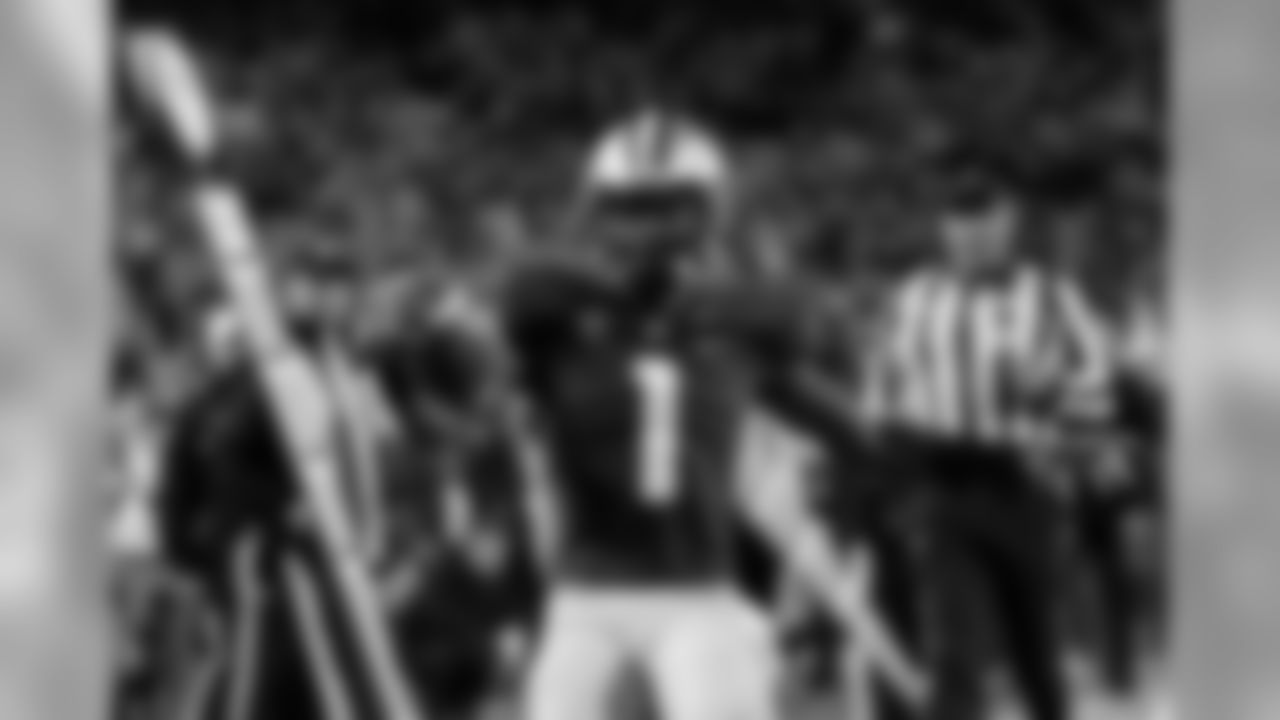
Washington wide receiver John Ross runs into the end zone with a touchdown reception against Colorado during the second half of the Pac-12 Conference championship NCAA college football game Friday, Dec. 2, 2016, in Santa Clara, Calif. (AP Photo/Marcio Jose Sanchez)
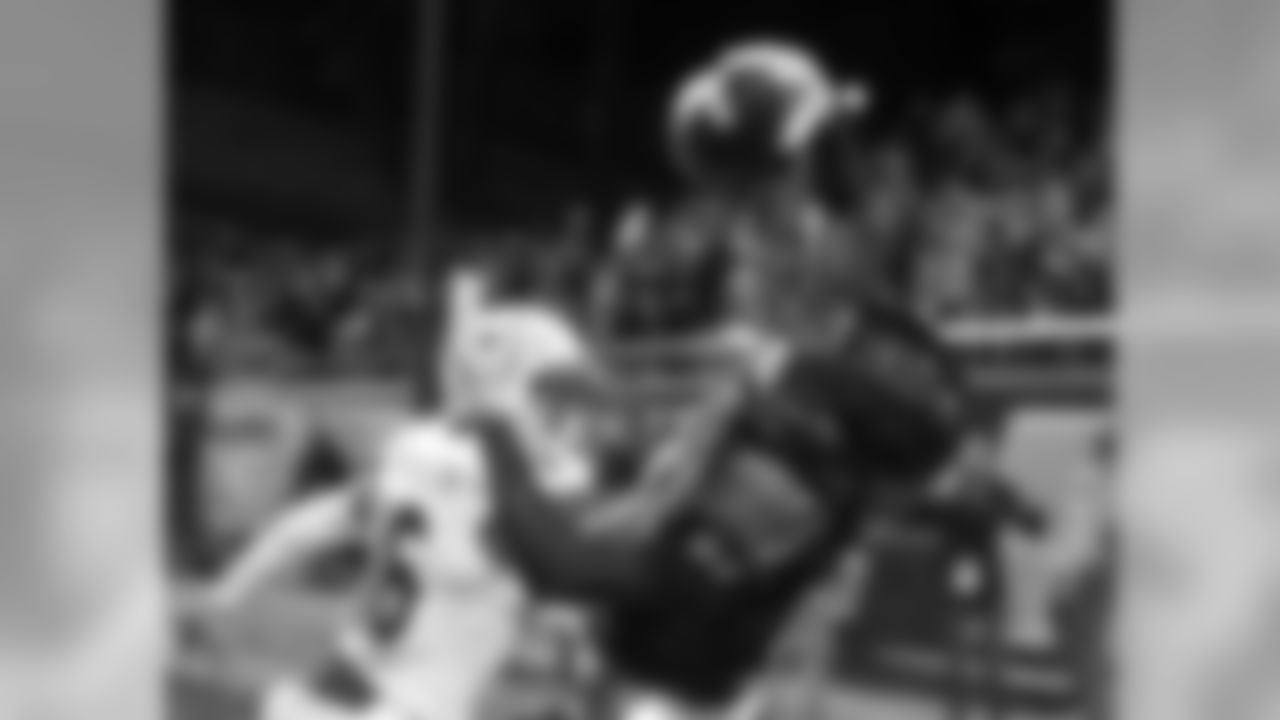
Western Michigan wide receiver Corey Davis (84) makes a one-handed touchdown catch against Northern Illinois cornerback Damarius Brinson Jr. (16) during the second half of an NCAA football game Saturday, Oct. 8, 2016, in Kalamazoo, Mich. (AP Photo/Duane Burleson)
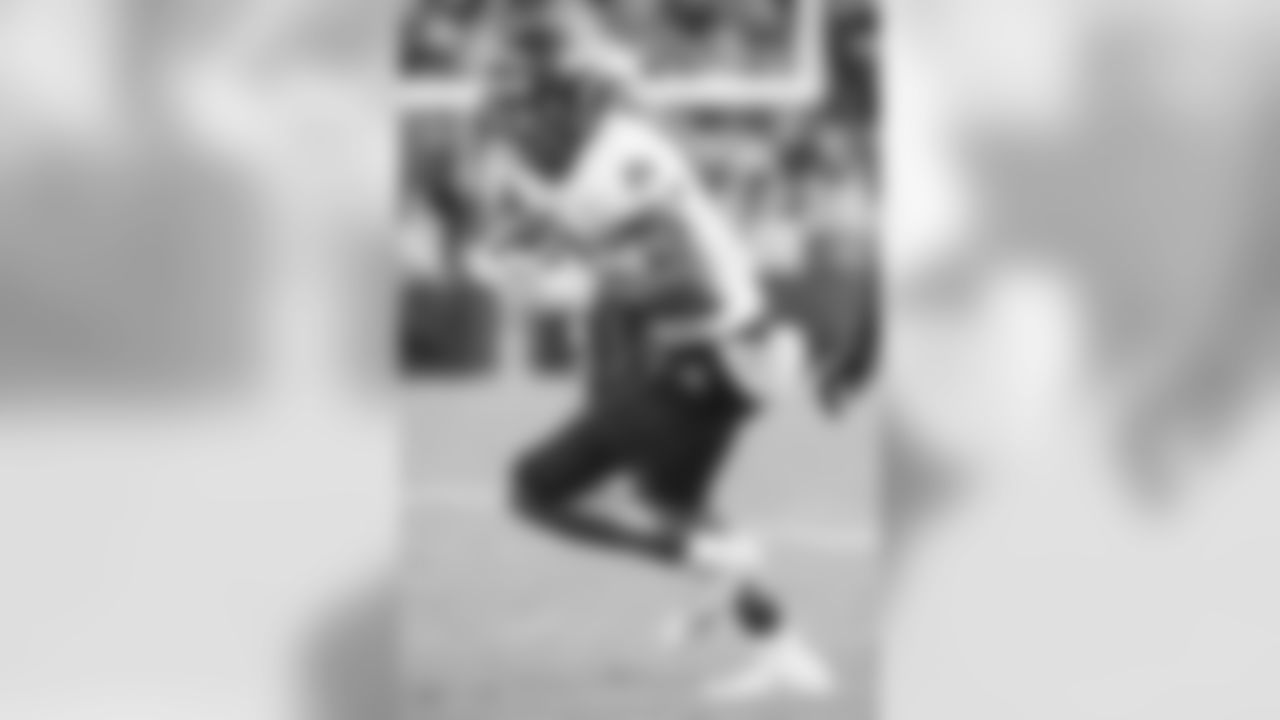
East Carolina wide receiver Zay Jones picks up yardage against South Carolina during the second half of an NCAA college football game Saturday, Sept. 17, 2016, in Columbia, S.C. South Carolina defeated East Carolina 20-15. (AP Photo/Sean Rayford)
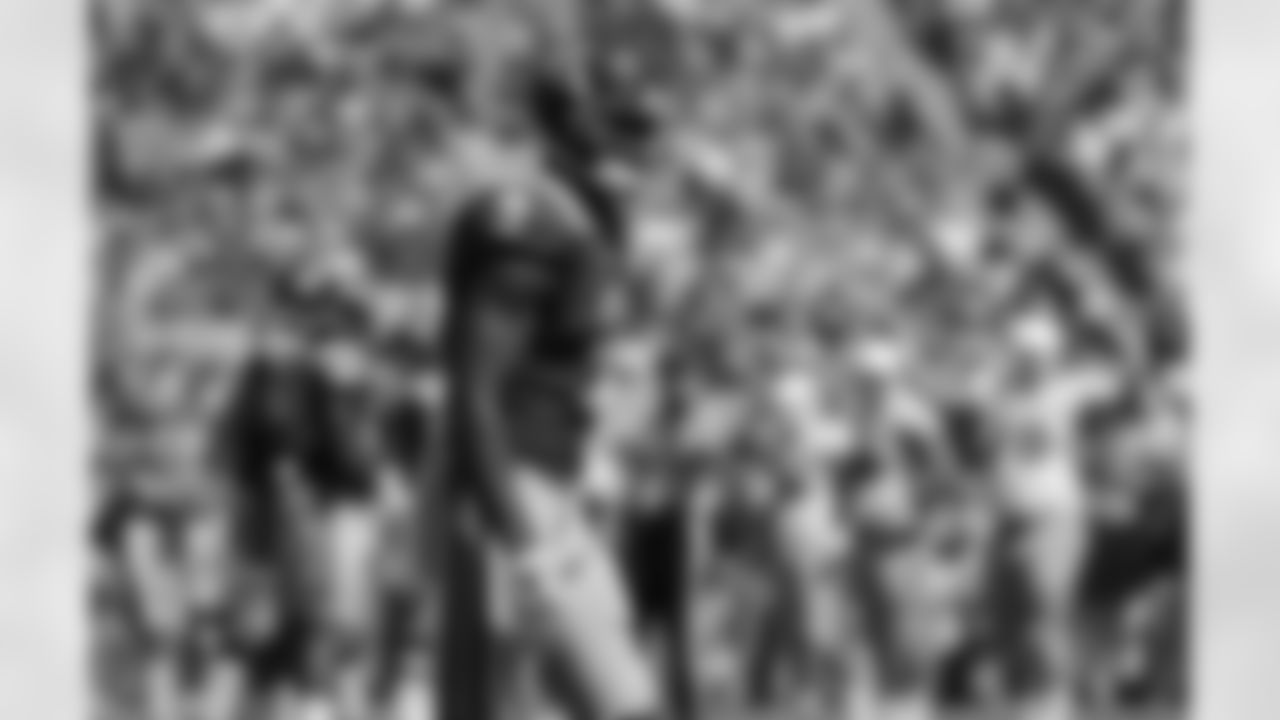
Southern California wide receiver JuJu Smith-Schuster stands on the field during the first half of an NCAA college football game against Utah State Saturday, Sept. 10, 2016, in Los Angeles. (AP Photo/Jae C. Hong)
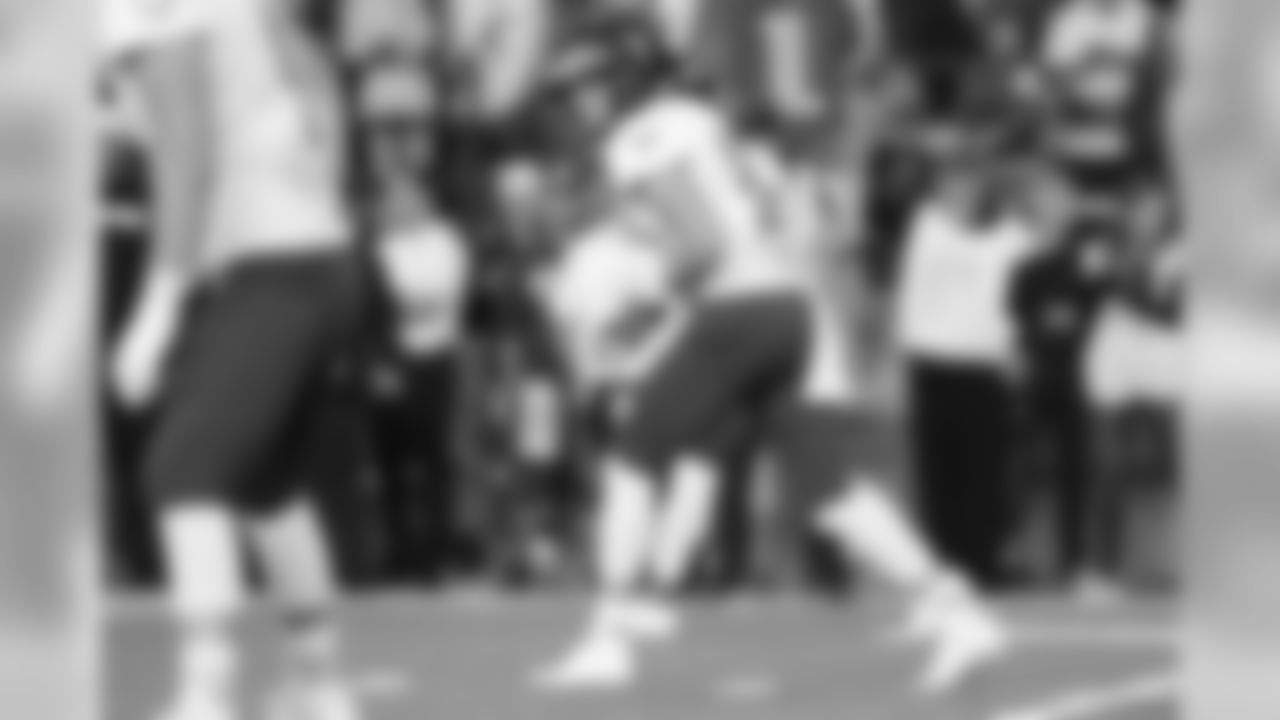
Eastern Washington wide receiver Cooper Kupp, center, lines up for a play during the second half of an NCAA college football game against Washington State in Pullman, Wash., Saturday, Sept. 3, 2016. (AP Photo/Young Kwak)





